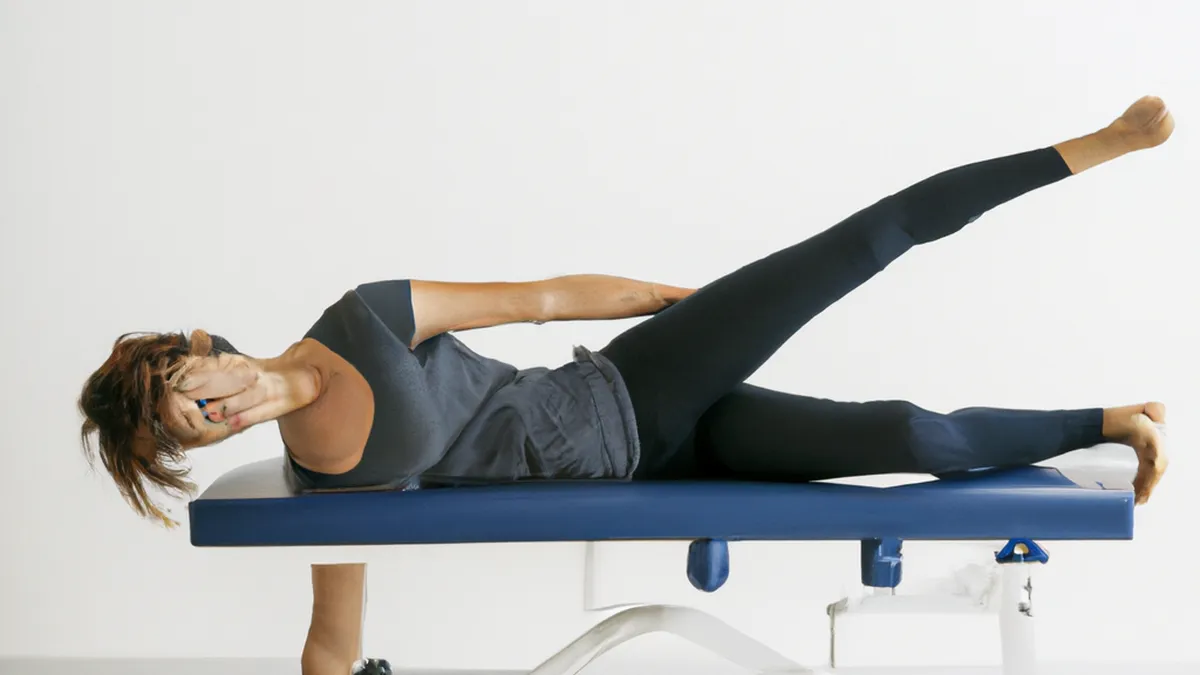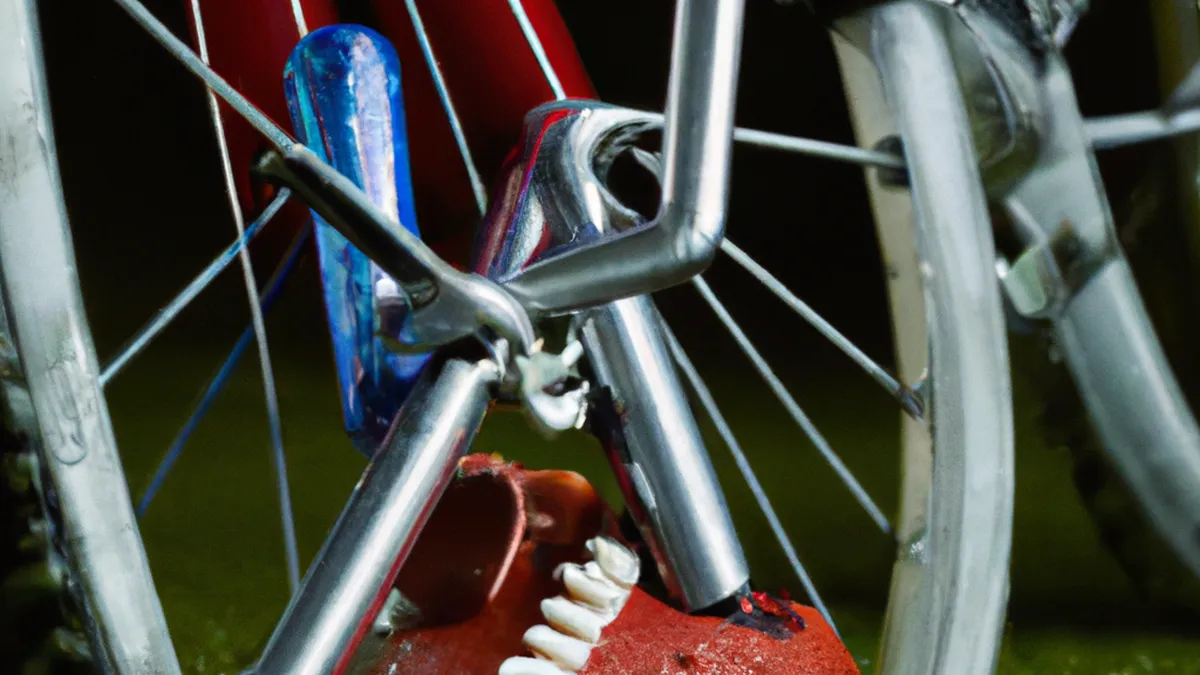Recover Stronger: Pilates vs Yoga (Postpartum)
Postpartum Recovery Through PilatesWelcoming a new baby brings joy, but the journey continues. Many women face physical and emotional changes after childbirth. Postpartum recovery matters for both mother and baby. Pilates provides a gentle way to regain strength, flexibility, and confidence. Let’s explore how Pilates supports postpartum recovery and tips for starting.
Understanding Postpartum Recovery
Pregnancy transforms the body significantly. Abdominal muscles stretch, ligaments soften, and pelvic floor weakens. After childbirth, women often face back pain, pelvic discomfort, and diastasis recti. Recognizing these changes marks the first step toward recovery.Postpartum recovery includes physical and emotional aspects. The body needs time to heal, regain strength, and adapt. Many women also confront postpartum depression or anxiety. Prioritizing self-care during this time remains essential. Engaging in activities like Pilates promotes health and mental wellbeing.
Tips for Starting Pilates Postpartum
As an Amazon Associate I earn from qualifying purchases.
Gear tip: consider yoga mat, yoga bolster, and pilates ring to support this topic.
Consult your healthcare provider before starting Pilates. They will advise you on when it’s safe to begin. Here are some tips to ease into Pilates:
Start Slow
Focus on gentle movements at first. Your body needs healing time after childbirth. Begin with basic exercises, like pelvic tilts and breathing techniques. These movements reconnect you with your core and pelvic floor. As you build strength, progress to more challenging exercises.
Pay Attention to Your Body
Listen to your body during workouts. Stop if an exercise feels uncomfortable or painful. Avoid pushing yourself too hard; every postpartum journey differs. Honor your pace and modify exercises to fit your current fitness level.
Incorporate Breathing Techniques
Breathing plays a vital role in Pilates. Use deep, diaphragmatic breaths to engage your core. This practice promotes relaxation and aids muscle activation. Focusing on your breath reduces stress, especially helpful for overwhelmed new mothers.
Benefits of Pilates in Postpartum Recovery
Pilates offers numerous benefits that enhance postpartum recovery. Here are some key advantages:
Strengthens Core Muscles
Pilates focuses on strengthening core muscles, essential after childbirth. A strong core supports your back, improves posture, and alleviates back pain. Re-engaging and strengthening these muscles fosters stability in your body.
Improves Pelvic Floor Health
Many women face pelvic floor issues postpartum, such as incontinence and pain. Pilates exercises specifically target this area.
Conclusion
Pilates supports postpartum recovery by promoting physical healing, strengthening core muscles, and improving emotional wellbeing.
Below are related products based on this post:
FAQ
What is postpartum recovery?
Postpartum recovery refers to the physical and emotional healing process that women undergo after childbirth. This period involves regaining strength, flexibility, and addressing any changes in the body, such as back pain and pelvic discomfort. It is essential for both the mother’s and baby’s wellbeing.
How can Pilates help with postpartum recovery?
Pilates helps strengthen core muscles, which are crucial for recovery after childbirth. It also improves pelvic floor health, alleviates back pain, and enhances overall posture. Additionally, engaging in Pilates can promote emotional wellbeing by reducing stress and anxiety.
What should I consider before starting Pilates postpartum?
Before starting Pilates, it’s important to consult your healthcare provider to determine when it’s safe to begin. Start with gentle movements and listen to your body, modifying exercises as needed. Prioritizing self-care and honoring your pace will facilitate a smoother recovery process.















Post Comment